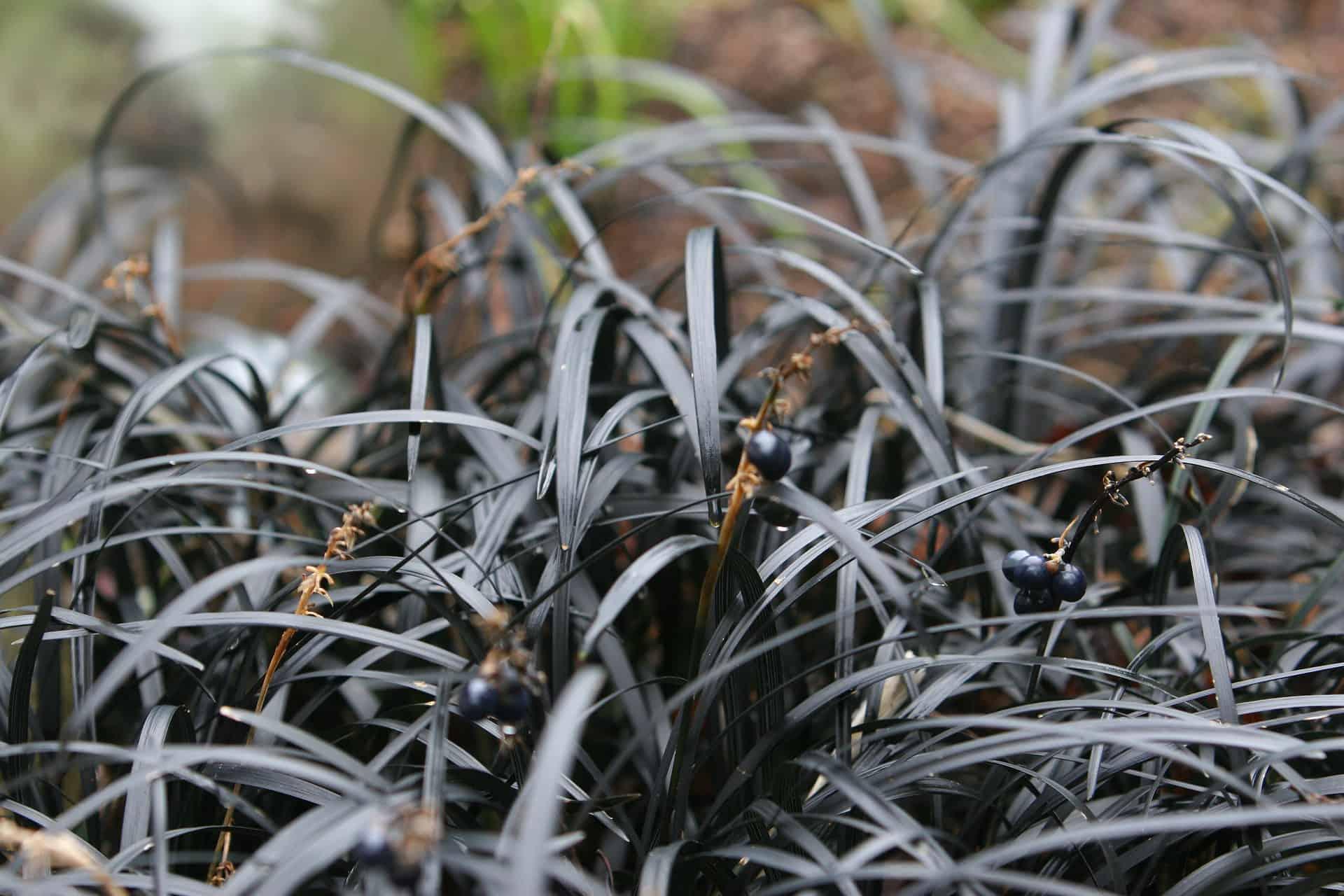Now is the Time to Apply Crabgrass Preventer in the Twin Cities Metro Area
This spring, the Twin Cities metro area is experiencing a premature arrival, with temperatures and growing degree day accumulation about 2.5 weeks ahead of schedule. As a result, now is the perfect time to start applying crabgrass prevention products to your lawn. Don’t miss the optimum application window, which lasts until approximately April 10.
What is Crabgrass?
Crabgrass, despite its name, is not a suitable grass for your lawn. It is actually considered a weed. While regular turfgrass species are perennial plants, crabgrass is an annual plant. It germinates in the spring, thrives during the summer, and dies as late fall or winter approaches. Unlike perennial plants like fine fescue or Kentucky bluegrass, crabgrass does not continue growing year after year. You can easily identify crabgrass by its older leaves and sheathes, which turn a dark-reddish color. It tends to grow in areas of your lawn that are thin or bare.
Controlling crabgrass is crucial for maintaining a healthy lawn because a single crabgrass plant can produce thousands of seeds each year.
Controlling Crabgrass in the Spring
To effectively eliminate crabgrass, apply a pre-emergent herbicide before the seeds have a chance to germinate. Timing is key. If you apply the herbicide too early, while it’s still cold, the crabgrass will likely grow anyway. If you apply it too late, you may not see significant benefits. The ideal time to apply the pre-emergent herbicide is when the soil temperature approaches 55 degrees Fahrenheit.
You can find resources like the growing degree day (GDD) tracker from Michigan State University to help determine the best time for application. Simply enter your zip code and check the Crabgrass PRE tab on the right side of the map to view the temperatures in your area.
I Missed Putting Down My Pre-Emergent, What Can I Do?
If you happen to miss the window for applying a pre-emergent herbicide, there are still options available. Post-emergent herbicides like quinclorac and mesotrione can be effective, but they work best when applied to young plants. The longer you wait, the less effective these herbicides become.
Another option is hand-pulling crabgrass plants, but keep in mind that this can be time-consuming and labor-intensive.
One of the most effective ways to combat crabgrass and other weeds in general is to maintain a healthy lawn. A thick and healthy lawn with a strong root system will outcompete many lawn weeds.
For further information, you can visit the University of Minnesota’s resources on control options for common Minnesota lawn and landscape weeds, as well as the spring pre-emergent application for crabgrass.
Remember, taking preventive measures against crabgrass now will lead to a healthier and more beautiful lawn later. Take action today and say goodbye to crabgrass troubles!




